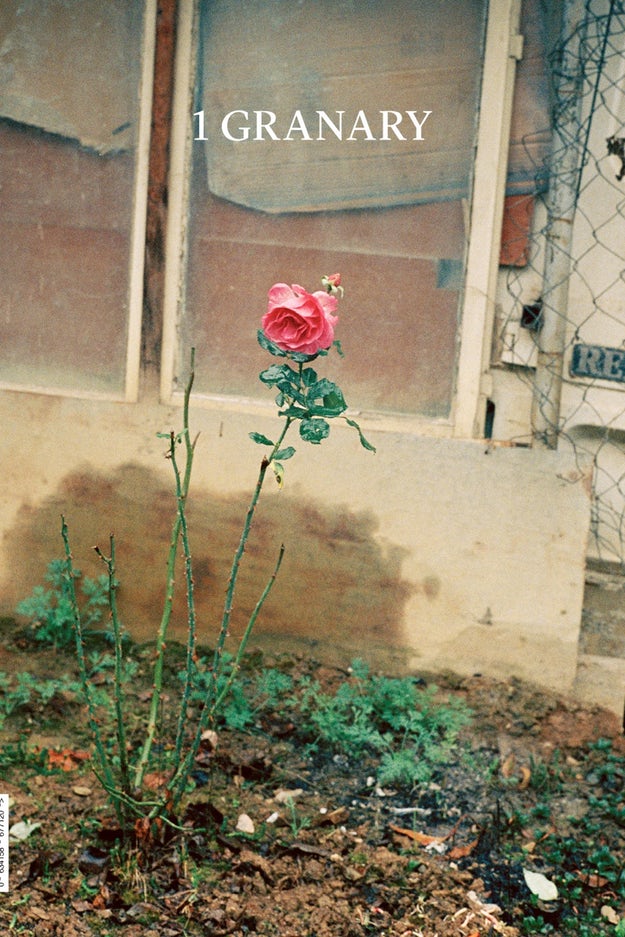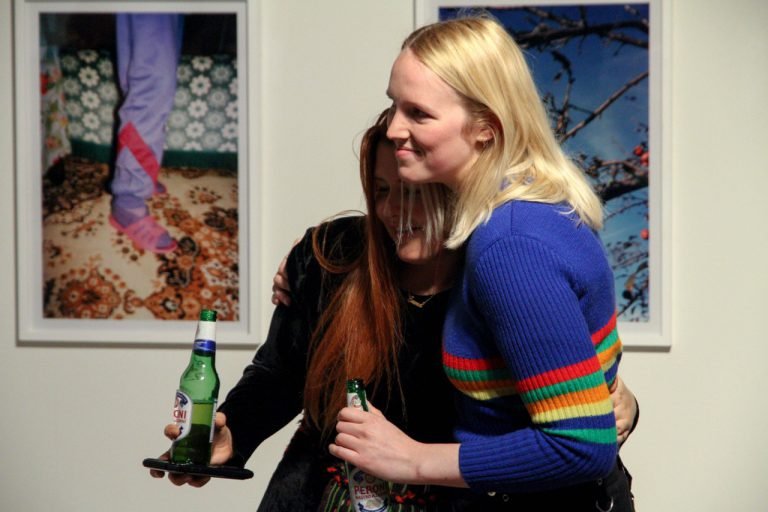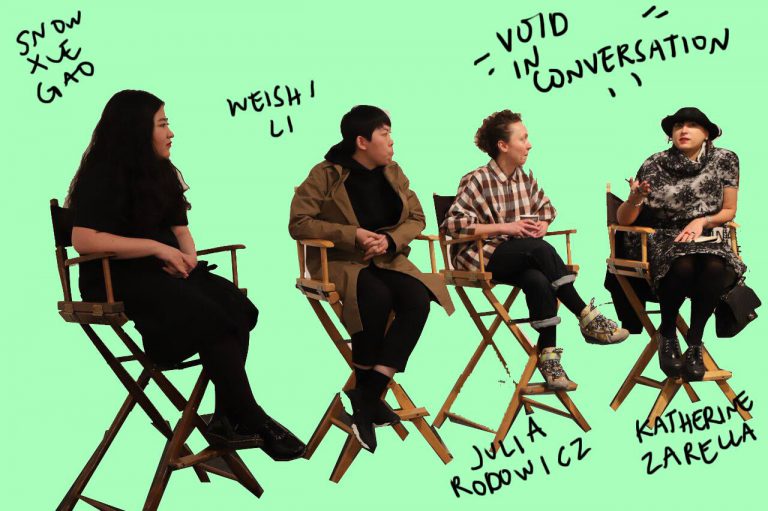In London, it seems that there is only one path to success. First, Saint Martins, then Fashion East and New Gen, followed by a bit of LFW and running to Paris as fast as possible. But why do we all feel like this is the only road to success? Isn’t the nature of fashion the opposite of playing by the rules?
The world (and the fashion industry) changed because of great individuals who questioned and fought the system in ways and circumstances not seen before. They transformed the way we dress and the way we perceive and deal with our bodies, and broke the established rules of their time. They were not satisfied with the system, so they changed it and opened doors to others by taking an individual pathway.
Think of Vivienne Westwood, who started as a teacher, then dressed the Sex Pistols, and shaped the Punk Movement, or The Antwerp Six, the graduate collective of the Antwerp Royal Academy of Fine Arts who drove to London in a van to present their collections in the 1980s. Or even Rick Owens, who started his career making illegal copies of clothing and then designing exclusively to Charles Gallay, an influential LA retailer. They all made it their own way.
Understanding how the industry doesn’t allow creatives the time to create, develop and nurture their work, Zowie Broach, fashion tutor of the Royal College of Art, is taking a different teaching approach. In a recent talk, she explained why she started advising a selection of students not to produce the usual minimum of eight looks, but to the contrary, focus on one or two pieces. Not as marketable, of course, but a strong message from the school that researching design techniques and finding your personal artistic expression are more important than having a press-ready product.
Fashion is about change, a complex game of differentiation and belonging in which we want to be set apart for our singularity, but belong to a group in order to feel accepted. An intrinsic part of our social existence, we experience this with garments when we interact with others, but it seems that this phenomenon can also be extended to the way the fashion industry works today. To enter the industry, designers follow a path designed by the insiders, a sequence of established steps to success that feeds the system but won’t question it. Similarly to our behaviour with fashion, designers want to belong to the system yet be different from each other within it. They want to be part of the industry and change it, but how can transformation happen if everybody’s on the same road? Why do designers feel compelled to follow one journey that is already established? Are there any other choices? Why do we fear change?
On a psychological level, to change is to adopt something new whilst rejecting something old and established, which can lead to the unknown. According to the psychologist and researcher Heidi Grant Halvorson, PhD, humans tend to associate what is old, established and widely tested with something good, as opposed to something that may defy it and that is perceived as bad. In other words, longevity equals goodness, which explains why designers feel unconsciously pressured to follow one way. But fashion is the diametrical opposite of this idea if we choose to go by its transformative nature, which few people ‒ the ones who dared to interrogate ‒ did.
We all know there isn’t just one way to success and promote your creativity. The system is full of secret alleys, streets and roads that haven’t been explored, and one only has to discover them, be truthful and inventive to oneself. Just follow Bowie’s lead, and make sure it’s not boring.
This Friday, 1 Granary is launching VOID, a new global platform for creatives to meet, to make mistakes, to establish new models and grow. Visit the exhibition at 180 Strand and join the conversation on how we can explore new ways of producing, promoting and consuming fashion.









